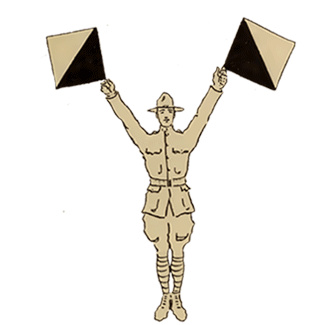
Leave a Comment

Leave a Comment
Quondam Rangely(2): The Really Old Days
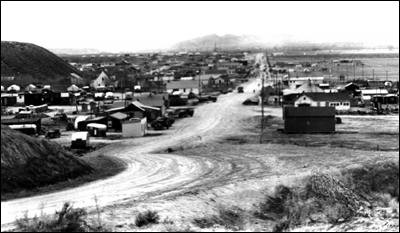
A view of Rangely in 1945, looking north up main street.
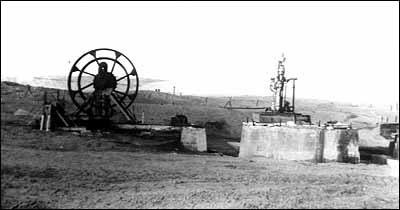
Raven A well, drilled in 1933, capped and produced in mid 40s.

Rangely the boom town, 1946.
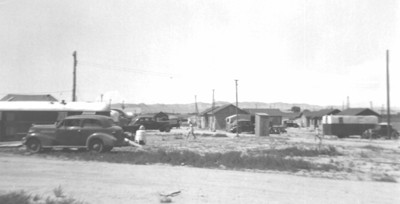
Art Smith's Guam Trailer Park in 1946.
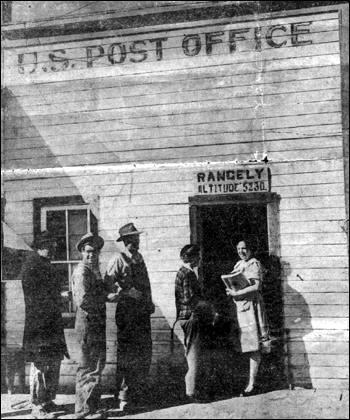
Post Office in 1946.
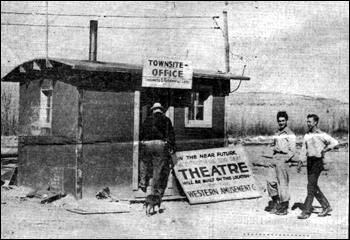
Real Estate office in 1946.
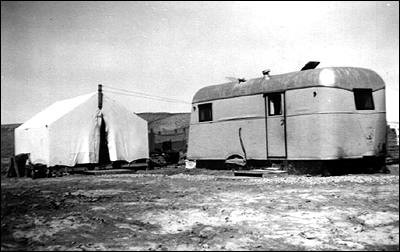
Tent City in 1946.
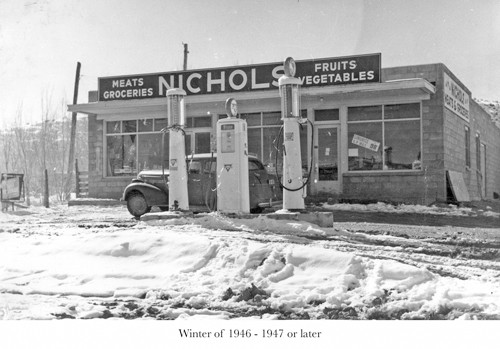
Nichols Store, 1946.

Main Street, 1946.
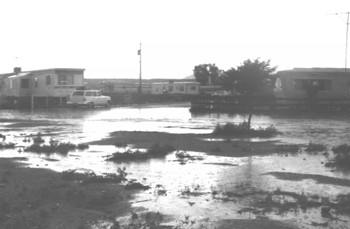
1947 flood.
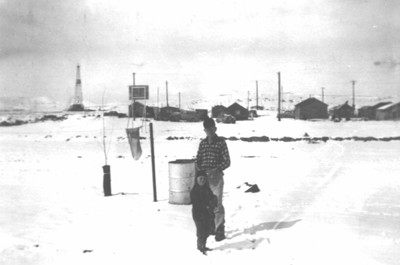
Tent City in 1947.
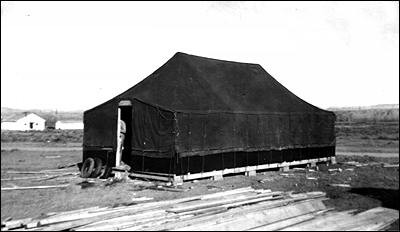
Art Smith's tent motel, 1947.
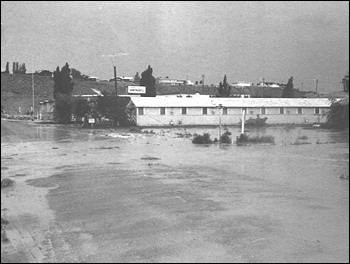
Flooding at Cramer Bell Court, maybe 1947.
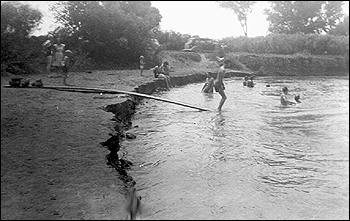
Swimming in White River, 1947, by the old bridge.
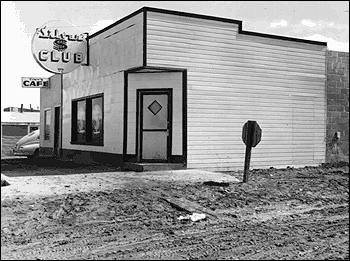
Silver Dollar Club and Tiny's Cafe, early 50s.
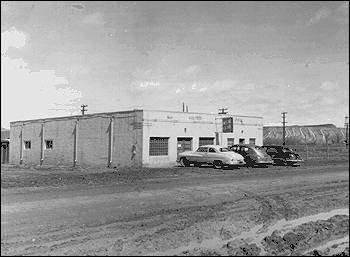
Ace Hi Club taken in early 50s.
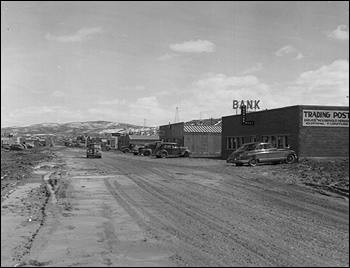
Main Street in early 50s.
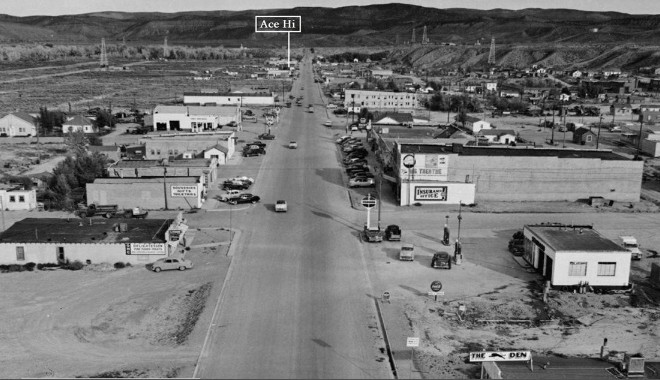
Another view of Main Street in early 50s.
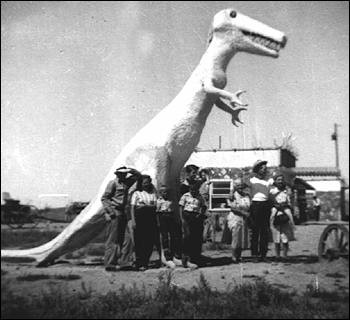
Dinosaur in Jensen, Utah.
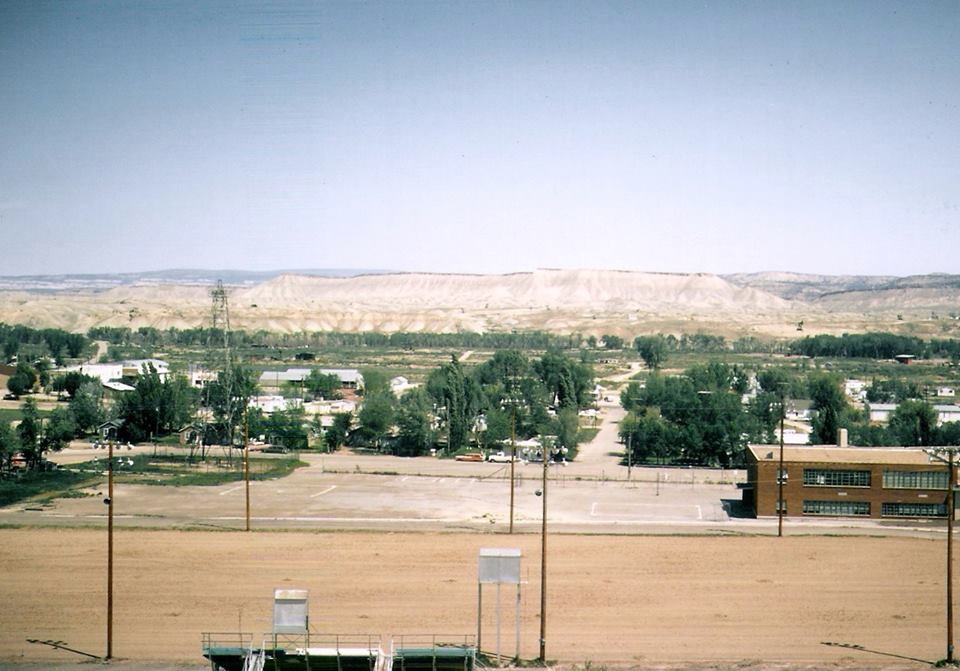
New Jr Hi built in 1953.
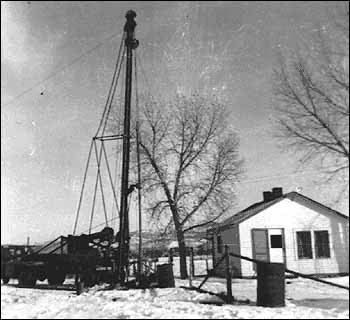
Stroud Well at Eddy Farm, about 1955.
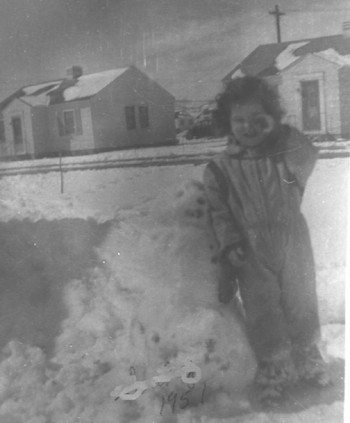
California Camp, 1951.
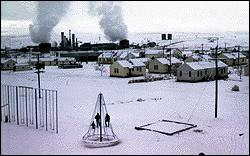
California Camp, 50s.
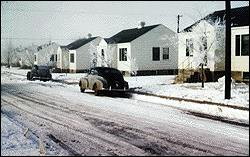
California Camp, 50s.
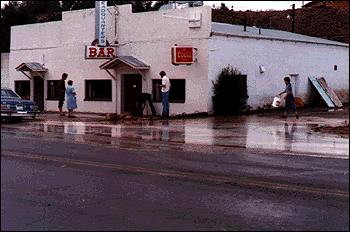
Flash flood in 80s.
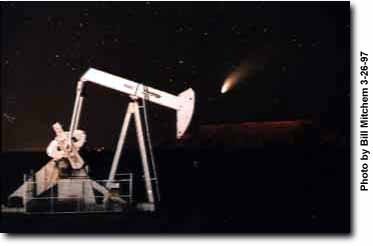
Hale Bobb Comet over Rangely pump, 1997.
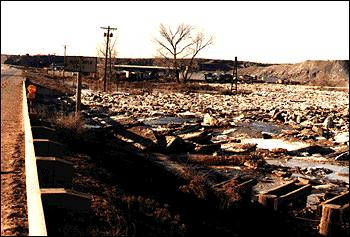
Ice Jam on White River, 1983.
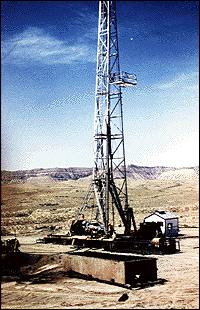
Oil Well, 1968.
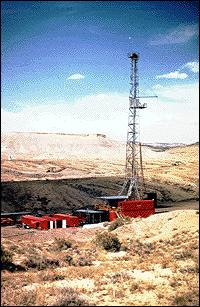
Another Oil Well, 1968.

A view of Rangely in 1945, looking north up main street.

Raven A well, drilled in 1933, capped and produced in mid 40s.

Rangely the boom town, 1946.

Art Smith's Guam Trailer Park in 1946.
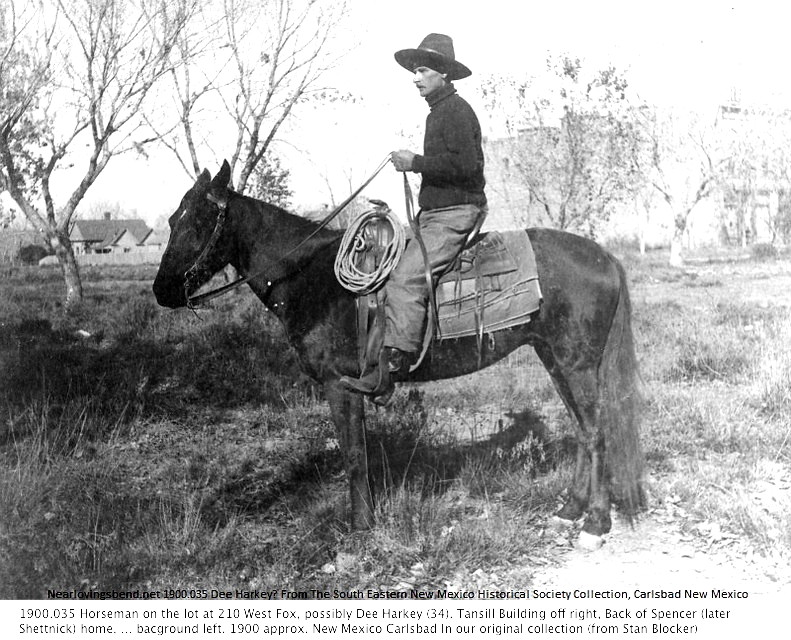
Pre-1946 Clippings(click here to hide)
Joe Trachta began his oil drilling career in the Rangely area, in 1902.
In 1908 the USGS published a report on the Geology of the Rangely Oil District. It mentions my Grandfather, Joe Trachta, and quotes him (page 46) about the strata underlying the Rangely field. You can read the report at the link below...or click here for some timely news clippings.
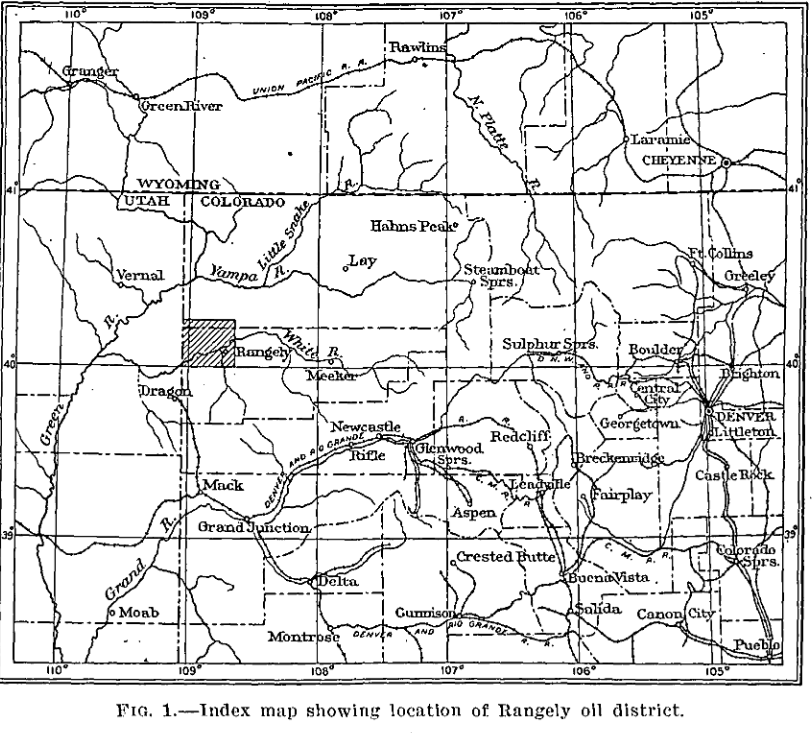
The pictures on this page were selected from the family albums of Joe and Glenn Florence Trachta, who lived in the Rangely area from 1910 to about 1923, and again from the early 1940s into the 1950s. A few pictures were annotated, and some can be identified by context. The Trachta children appear in some, and their apparent ages serve as a chronometer. Stanley was born in 1911 and he appears between one and three in the early pictures, placing them around 1912-1913. Joe Junior was born in 1915 and brother Eldy in 1917. They date the next batch of pictures to around 1919-1922. Anne was born in 1923 in Montana, and she first appears in the Chinook, Montana pictures, indicating the early Rangely pictures ended about that time. Nevertheless, dates, and some identifications, are speculative, and feedback is welcome. If you recognize someone, you can let us know through the Rangely Facebook page.
According to Kathy Hurt, "Roads to Rangely," oil discoveries in the Rangely area began around 1890. The California Company came in 1901 and began drilling test holes. The first shallow well, using cable tools, was drilled around 1902 with George Eldred as driller, and my grandfather, Joe Trachta, as tool dresser. They had various problems of crooked holes, lost bits, and cussed luck. I recall my grandfather talking about these failed attempts several times, but I was about nine years old, and had no clear notion of what he was talking about.
Local author Hallie Blunt published this (click to pop up story) account of early Rangely Oil exploration in 2013. Notice the similarity of her gusher picture to one from the Trachta archives, below.
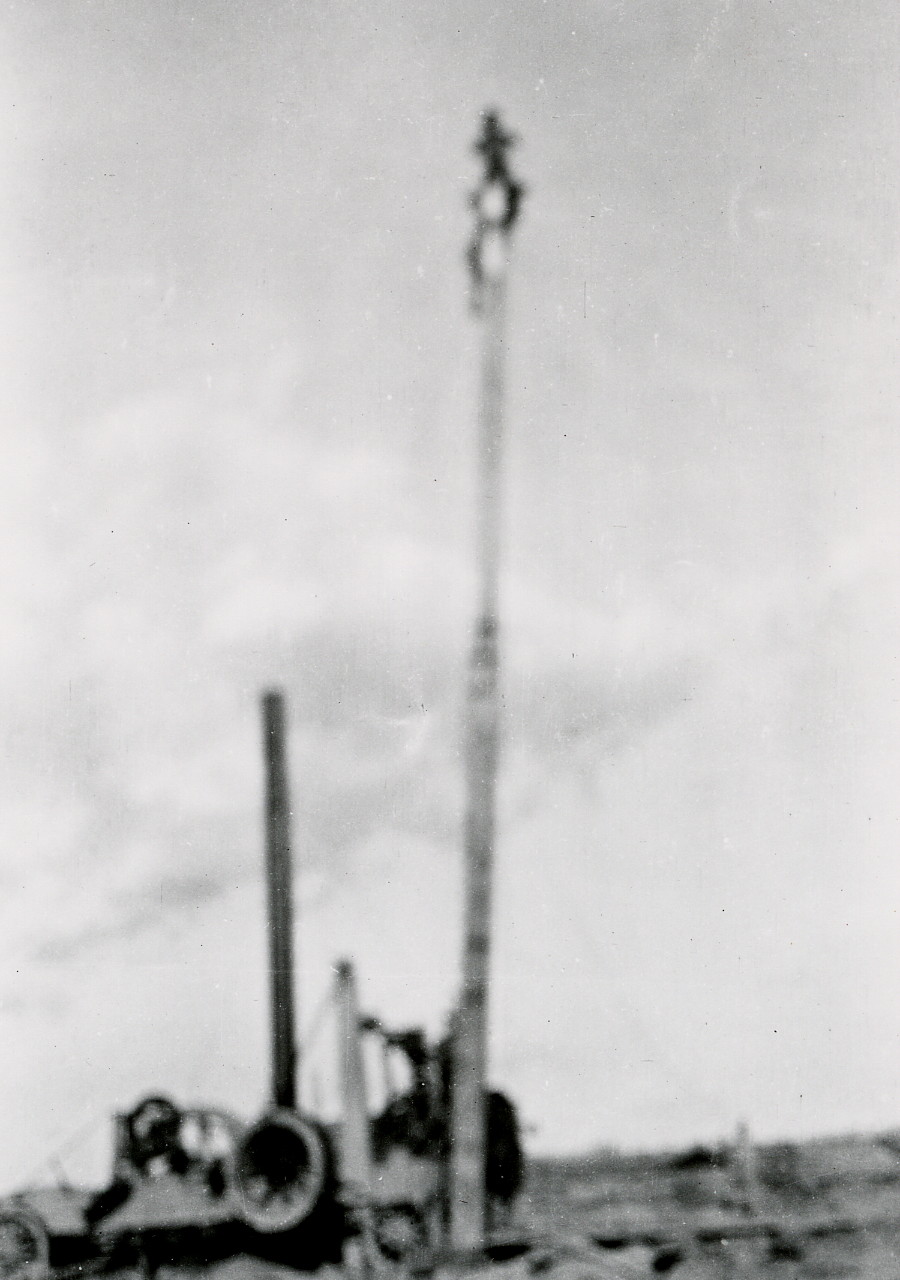
This picture was labeled by Joe Trachta's sister-in-law as depicting the Raven 1 well, in 1933. Joe Trachta was working in Montana in 1933, and probably had nothing to do with the 1933 deep test that ushered in the Rangely boom. He and master driller George Eldred attempted to punch through the Rangely Dome, Mancos Shale in 1902-03, but they were unsuccessful. This is more likely the Trachta/Eldred rig in 1902.
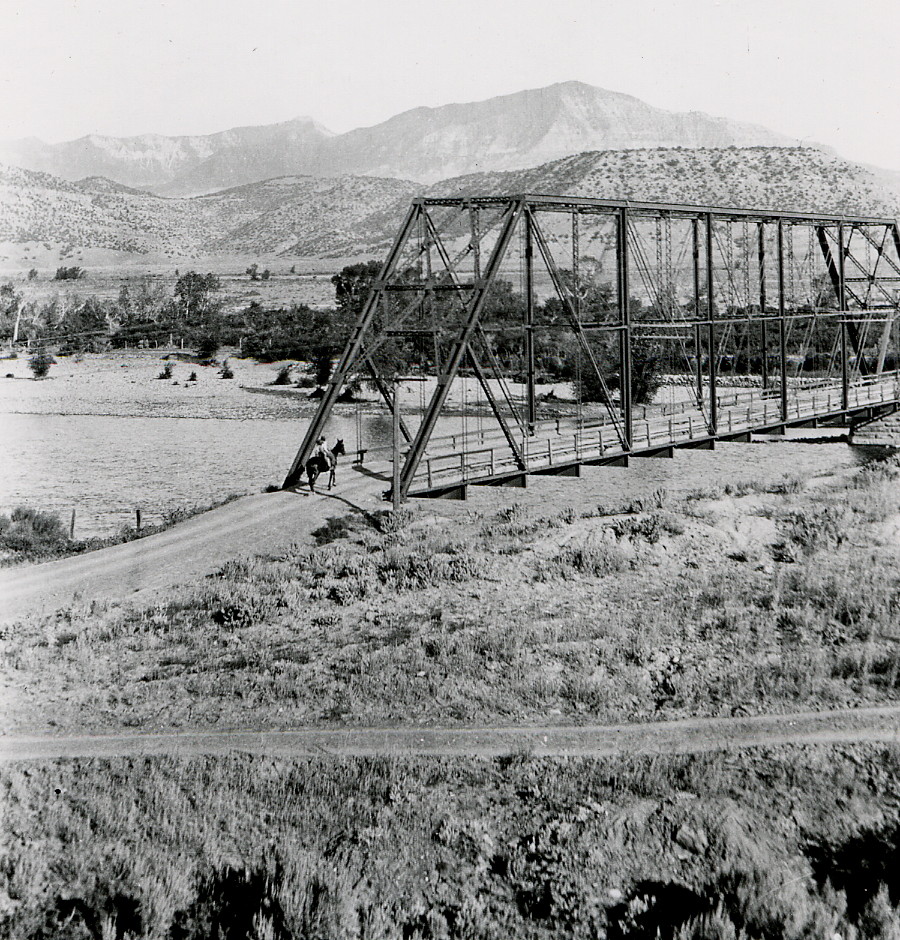
Bridge over the White River in Rangely. This picture was in the Joe Trachta family album and someone dated it 1902, an apparent error since there was no such bridge at that time. See 1912 bridge, below.
Joe Trachta's sister-in-law, Leila Jones Cutter, captioned some of the pictures included here, and called the first one, upper left, the original deep test that ushered in the Rangely Boom. It may be what is now called Raven "1," but Joe Trachta was in Montana when it was drilled, and probably had nothing to do with it.
My father, a mystical machine whisperer himself, later spoke in awed tones about my grandfather being able to put his hand on the cable, as the well was being drilled, and determine the hole direction and material being passed through, and whether any adjustments of force and tension were required. Joe Trachta took over drilling duties from Eldred on a Union Oil deep test and took their well down to 3800 feet, the deepest cable tool well ever drilled in the area. Still, that didn't penetrate the Mancos Shale guarding the Rangely Dome.
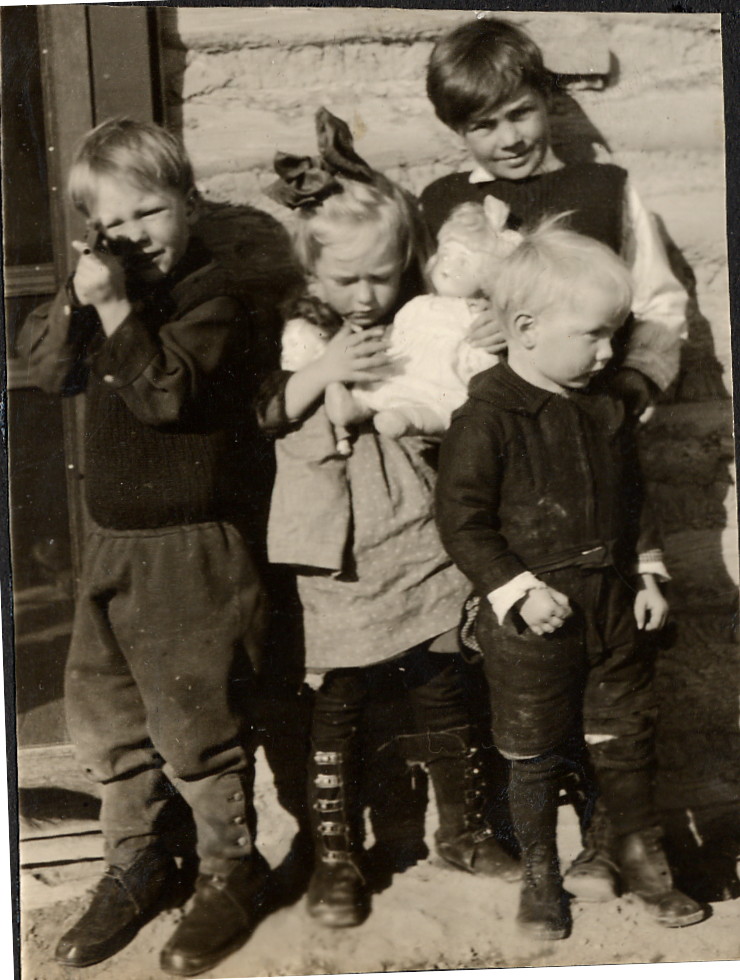
Trachta boys, Joe, Stanley and Eldy, plus Virginia Jones, about 1920. Dates of pictures around this one, in the album, based on apparent age of children.
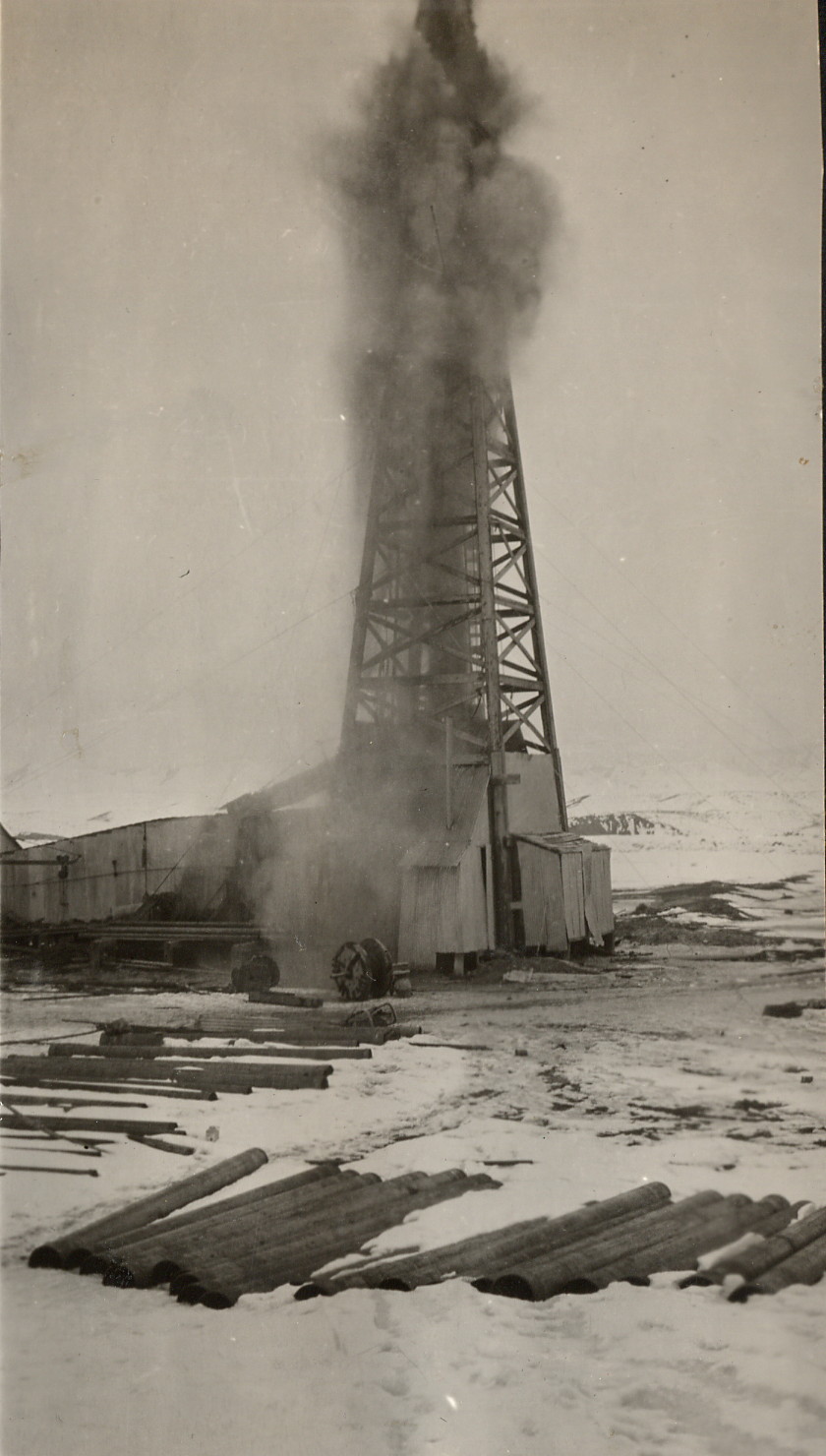
Gusher near Rangely, about 1920. This is probably the same picture freatured in Hallie Blunt's story (link above).
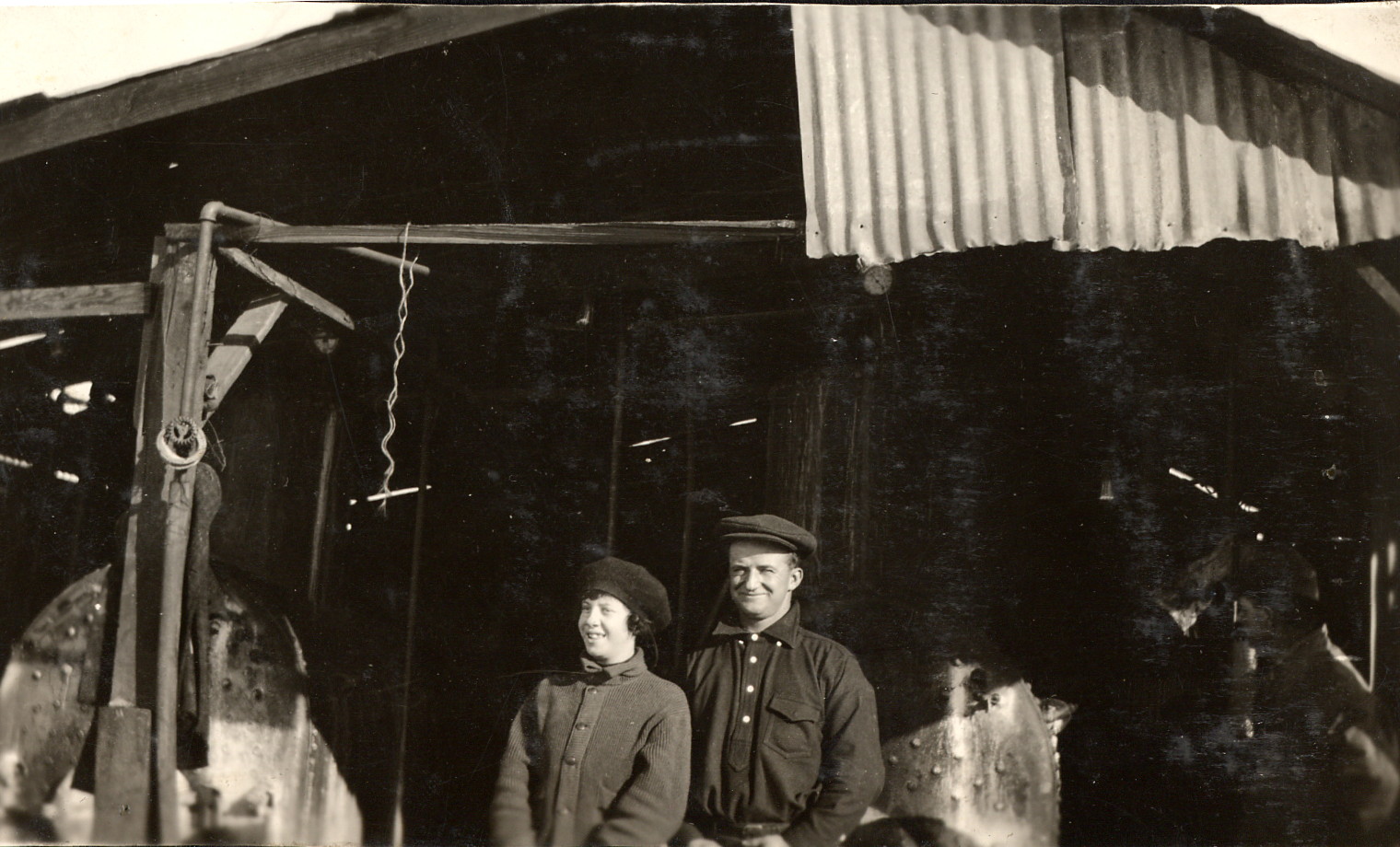
Probably Glenn Florence Jones Trachta (Joe Trachta's wife), and Louie Wurtz, tool dresser for Joe Trachta.
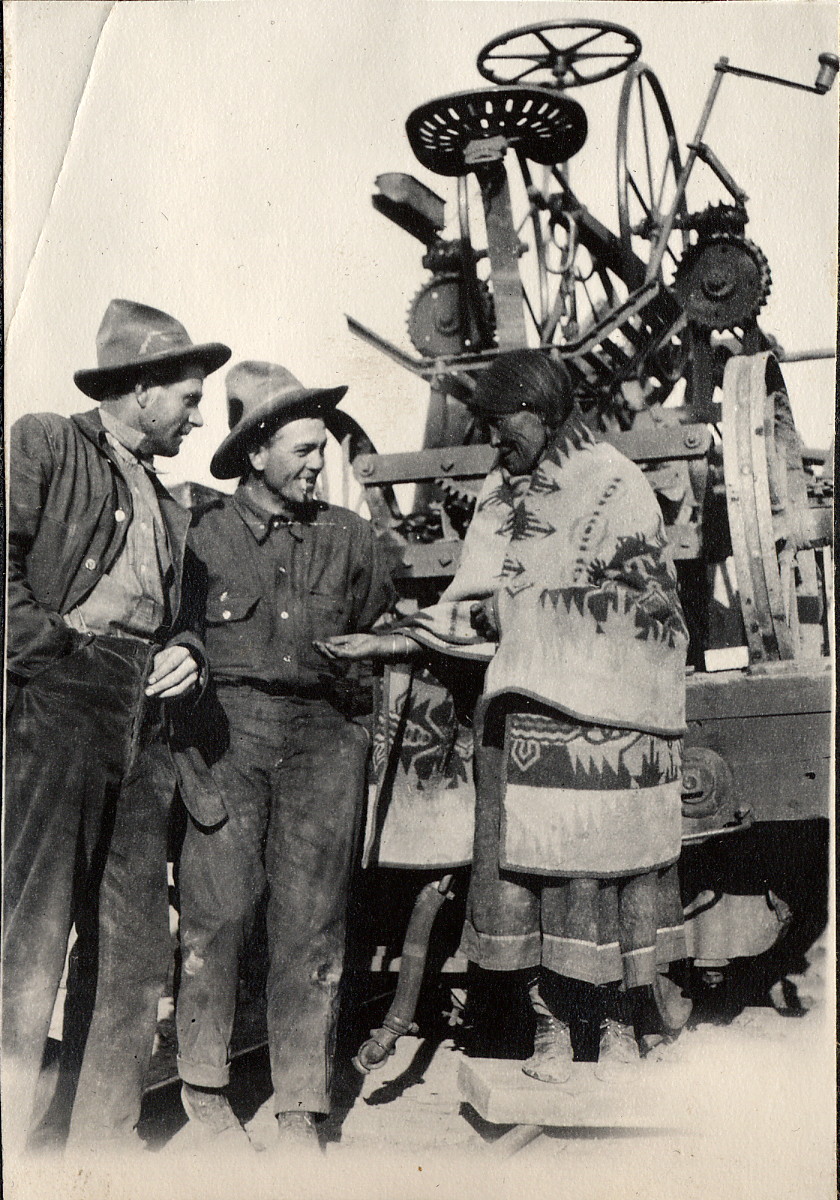
Neither the significance of, nor the participants in this and the next picture are known. Presumably near Rangely.
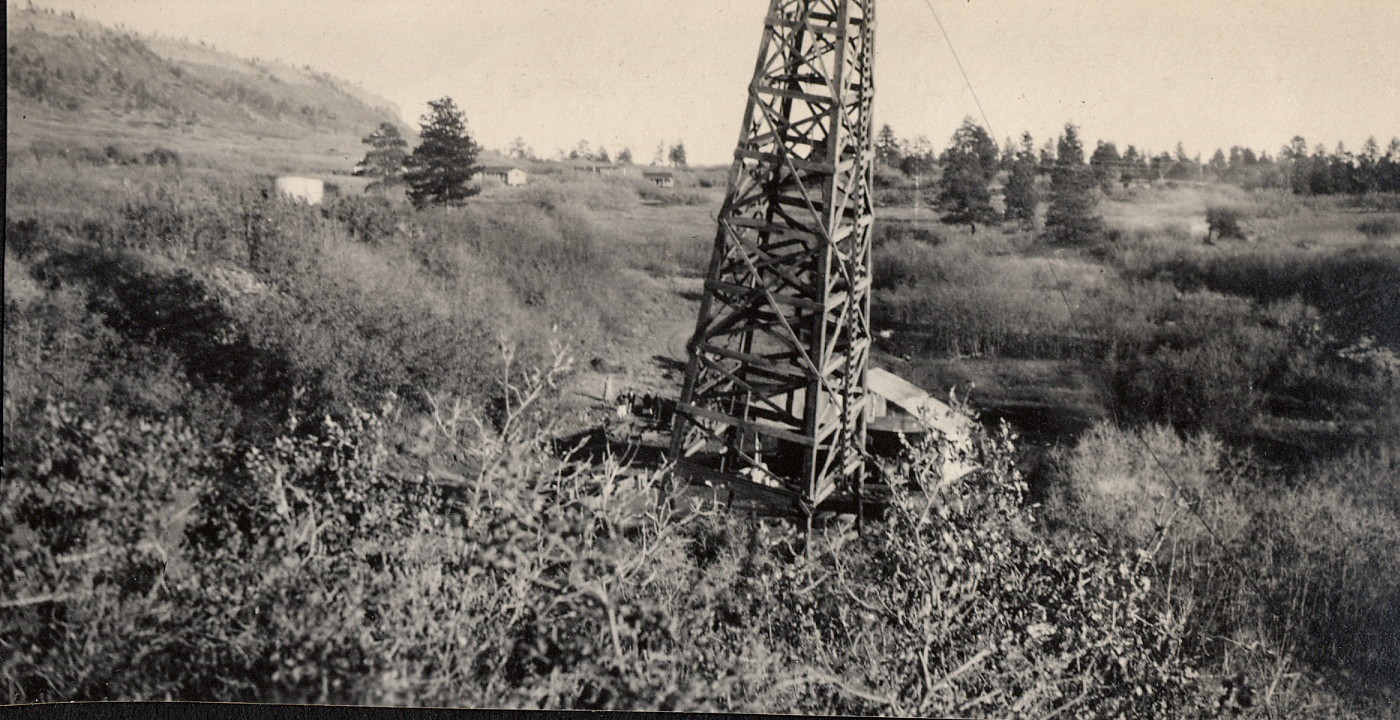
The next pictures show the rig being toppled after drilling was complete, about 1920. Unknown buildings in the background.
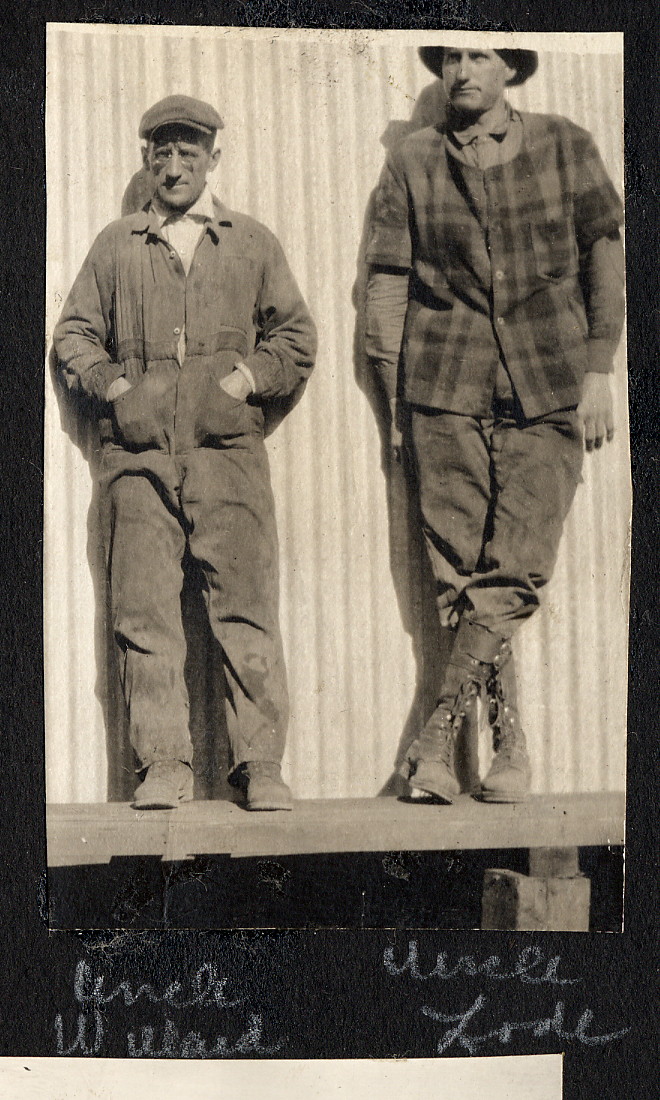
The annotations on this picture are reversed. Lodeman Jones is on the left, and his brother Willar is on the right.
Joe Trachta began his oil-drilling career in DeBeque, Colorado, after a military stint during the Spanish American War, and early dabblings in farming, stage driving, and railroad construction. He moved to Rangely around 1908. After failing to get a well down to the Dakota sandstone, he moved in the 1920s with the California Company to Montana and spent several years drilling in that region. After retiring from the California Company he returned to Rangely and did contract drilling with his brother-in-law, Lodeman Jones. He built a house in 1946-1947 on Jones Avenue, and the house is still in use.
My family moved to Rangely in 1953 after my grandfather, Joe Trachta Sr, passed away. My grieving grandmother didn't talk much about her late husband, but did mention how he loved playing pool with some of the high school boys. We left for New Mexico in 1955, and in 2005 my wife and I drove through Rangely, my first time back in half a century. Much had changed; much hadn't. My grandfather's house looked about the same. Main Street was different but familiar. The building that housed Uncle Art Smith's Chevy dealership was still there. The school I'd attended was gone, but the Cramer Bell Court was still there, as was our little house.
My wife and I stopped at the cemetery on our way out of town to visit my grandparents' graves. I noticed another gentleman in the cemetery. As I left he introduced himself as Jerry Hays.
Jerry told me he'd known my grandfather, and played pool with him as a young high school student. He owned some of the wells my grandfather had drilled. As I was driving away I remembered my grandmother's story, and realized I'd finally met, after fifty years, and thousands of miles, one of those young men she'd been talking about. I also remembered, belatedly, that Jerry and his brother Stanley were boyhood heroes, exuberant stars of football and basketball. Rangely has always seemed home, despite my little time there. When Jerry Hays connected extempore a thread spun out by my grandmother fifty years before, Rangely became a transcendent bit of geography.


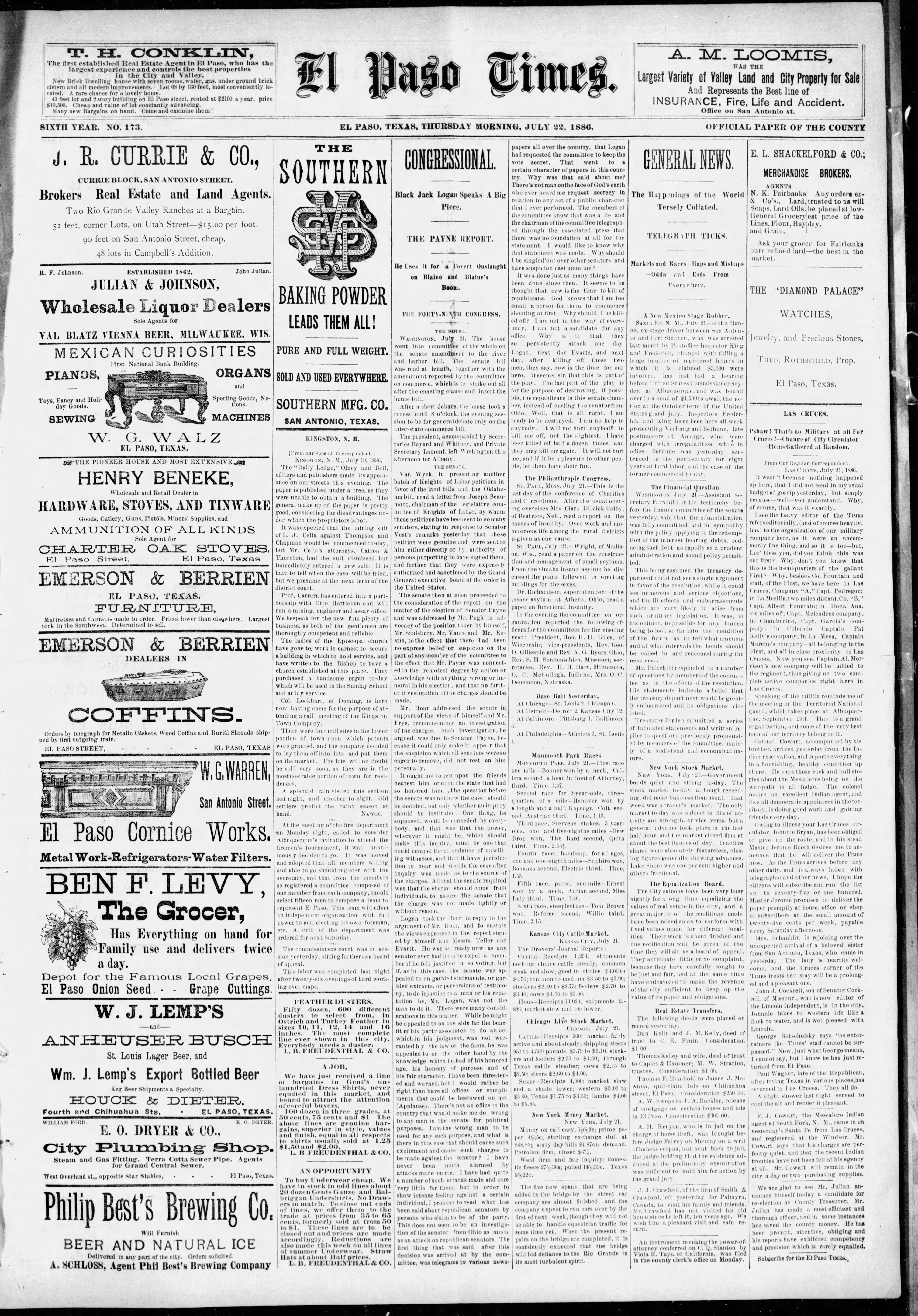
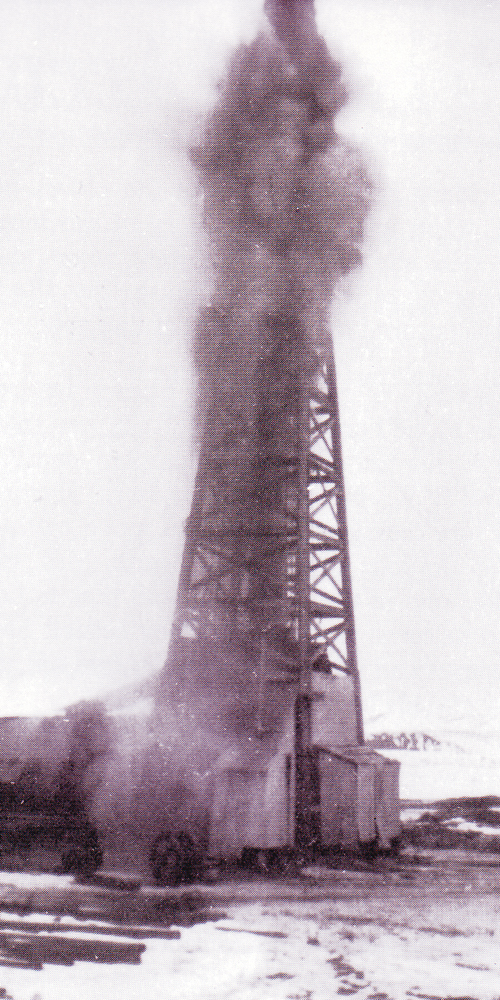
RANGELY December 8, 201--Hallie Blunt
As the weather turns colder, it is the warmth of family and friends that make our communities special. Rangely is a town, young in official incorporation, old in terms of known oil fields in the United States and rich in diversity and perseverance.
Eldrid Hilkey stated “Wives cried when their husbands were moved here, but cried when they had to leave.” (This Is What I Remember, Vol. III)
The people who have lived through the booms and busts of an oil town know the importance of loyalty and have proven time and again they can and will survive.
The history of Rangely is best described in three parts, the Native American and pre-history years, the pioneering and ranching time and the periods of energy development.
Prior to 1882, settlers did not make Rangely a permanent home. It was claimed by the Ute Indians. The easier winters and hunting opportunities made the area very enticing. The first written record of the area is from the Escalante Expedition.
C.P. Hill, a man named Studer, D.B. Chase and their relatives began trading with the Indians in 1882. The first post office came along in 1885 and the first school, affiliated with Garfield County, began in 1888.
The school closed in 1890 due to a lack of funding and a new school was built on the Hefley Ranch later that year.
Rio Blanco County became an official county in 1889, and the M.J. Patterson Contracting Co. of Denver completed the bridge near White River City.
According to Wikipedia, “It is one of Colorado’s earliest state-funded vehicular bridges and one of the oldest roadway trusses in Northwestern Colorado.”
The Weber formation and Mancos Shale formation are among the largest in the United States. They were originally drilled in 1901, although the seeping oil was used by the Indians for medicinal purposes long before that.
Shallow wells were drilled by 13 different companies in the next few years, but only six wells, producing a maximum of 10 barrels per day, resulted. In 1906, Union Oil, with Joe Trachta, went down 3,100 feet. However the rig burned down in 1907. NB: Notice among the Trachta archive pictures, one of a fire. That is probably not the 1907 fire mentioned here, since the Trachta pictures seem to be from a few years later.
By 1924, Raven Oil Co. had 10 pumping wells producing 600 barrels per day.
The Texas Co. had a test well that year, but one rig burned and their second was hit by lightning. They managed to get three rigs operating by 1927.
In 1931, Chevron began work on its first deep well — the Raven A-1 Discovery well. After a year of drilling, Chevron punched through the sandstone layer and into the pocket of crude oil.
The historic well went online in 1933, producing 230 barrels per day at a depth of 6,335 feet.
The Great Depression led to Chevron capping the well, waiting out the storm. World War II brought back the demand for oil and, in 1943, the well was re-opened and the Rangely boom was in full swing.
In 1944, the road to Highway 40 was graveled to get oil out and equipment in. In 1947, the town was officially incorporated. In 1948, there were 478 wells covering 30 square miles. By 1956, the field peaked at 82,000 barrels per day.
The infamous Weber Reservoir and the shallower Mancos Shale have, continues to and will provide Rangely as well and Rio Blanco County with tremendous job opportunities, tax revenue and security.
Although the booms and busts make revenue somewhat unpredictable, the fact remains it has accounted for 70 percent of the property tax revenue for our county.
Rangely has had agriculture along with coal production longer then the energy production, but certainly the oil field has helped create the toughness, variety, success and truly compassionate, caring people that make up what Rangely is today.
Rangely is home to one of the largest and oldest oil fields in the country, with shallow wells drilled since 1907, and the huge Weber-Sands deep field (originally 465 one-mile-deep wells) drilled in the 1940s. That field is still producing under the auspices of Chevron-Texaco and its predecessors since being unitized in 1957.
In 1882, Charles P. Hill and Joseph Studer brought in herds of cattle and established a trading post where Douglas Creek enters the White River. Other cattlemen and sheepmen soon followed. Pioneers came by wagon to establish homesteads.
As more people moved into the area, a town center gradually developed. Stores were established and homes were built.
In 1913, the townspeople got together and built a new school. This attractive clapboard building was turned over to the Rangely Museum Society in 1971 and was moved to the Outdoor Museum in 1993. It houses a series of exhibits that reflect the life of the town in those early days.
At one time, persons who ran afoul of the law were handcuffed to light poles along Main Street. A jail was built and this practice was discontinued. The old jail has been restored and placed at the museum.
In 1997, the town’s volunteer firemen built a replica of a fire station to house old fire equipment.
It was known from the earliest of times that there was oil in Rangely.
There are place names such as Stinking Water Creek, where surface waters mixed with oil. However, it was not until after World War II that an oil boom truly took place.
Thousands of people descended on Rangely. Many lived in tents or dugouts. A local entrepreneur hauled in abandoned trolley cars from Salt Lake City and rented them for shelter.
There are also vast deposits of natural gas and coal around Rangely. Only recently have natural gas deposits been extensively developed.
However, coal from the earliest pioneer days was mined for home consumption. Later, coal was hauled from the mountains to serve the needs of neighboring communities in Utah and coal was used to fire steam-operated rigs and engines in the early exploratory days of the oilfield.
The Rangely Outdoor Museum has some exhibits from those times and its directors plan on establishing a section for old mining and oil field equipment.
***
Who in the world cares about Rangely, Colorado?